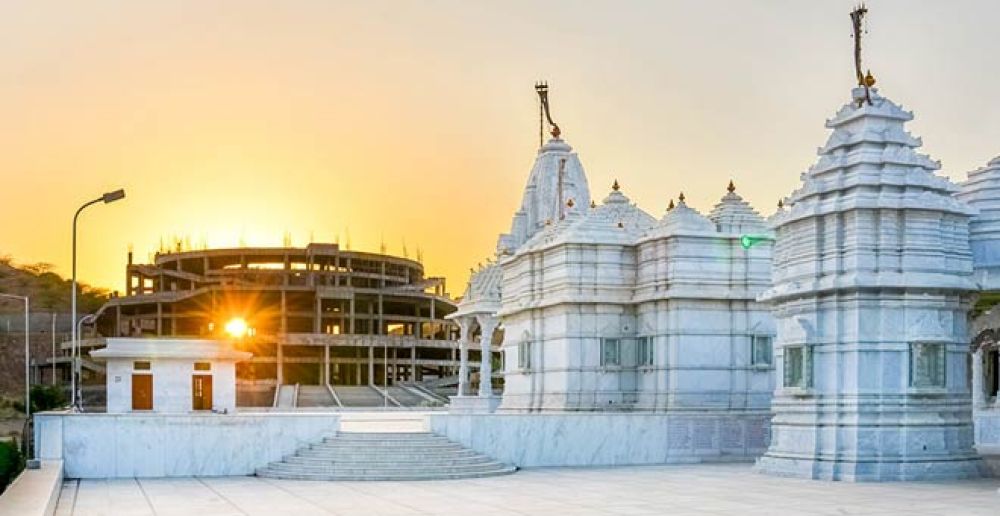

The Chintamani Parasnath Jain Temple is a significant pilgrimage site nestled in the picturesque town of Barmer in Rajasthan, India. It is dedicated to Lord Parshvanatha, the 23rd Tirthankara in Jainism. Barmer, known for its rich cultural heritage and vibrant traditions, has been home to numerous Jain temples, with the Chintamani Parasnath Temple being one of the most famed amongst them.
The temple dates back several centuries and has been an important site of worship and spirituality for the Jain community. It is believed to have been constructed around the 12th century, and its architecture is a testament to the craftsmanship and artistry of the time. The temple has survived through the ages, witnessing various historical events and periods, which have contributed to its rich legacy.
Tourism in Barmer, specifically related to its Jain temples, began to flourish as the importance of these holy sites grew within the Jain community and among other history and culture enthusiasts. Pilgrims and tourists from all over the world visit Barmer to pay their respects and admire the intricate carvings and architectural beauty of its temples, including the Chintamani Parasnath Jain Temple.
The temple's architecture is a beautiful blend of intricate carvings, splendid frescoes, and ornately decorated pillars. Made out of yellow sandstone, it captivates visitors with its glow during the sunlight. The temple stands as a symbol of peace and serenity and offers a tranquil environment for meditation and introspection.
In recent years, the tourism sector in Barmer has seen a shift towards sustainability and cultural tourism. Visitors are increasingly interested in experiences that allow them to understand the local culture, participate in traditional festivals, and learn about the history of places such as the Chintamani Parasnath Jain Temple.
Moreover, with the digital age, there has been an increase in virtual tours and online showcases of temples and historical sites. The use of technology has made it easier for potential tourists to explore destinations like Barmer’s Jain temples from the comfort of their homes, thus piquing their interest to visit in person.
For those planning to visit the Chintamani Parasnath Jain Temple, it is open year-round, but the best time to visit is between October and March when the weather is relatively cooler. Visitors are advised to respect the sanctity of the temple and follow the customs such as dressing modestly and removing footwear before entering the temple premises.
The Chintamani Parasnath Jain Temple not only offers a spiritual journey but also allows tourists to immerse themselves in the rich tapestry of history and culture that is woven into the fabric of Barmer, Rajasthan. Its allure lies not just in its religious significance, but also in the ancient stories and artistry that the temple walls safeguard.